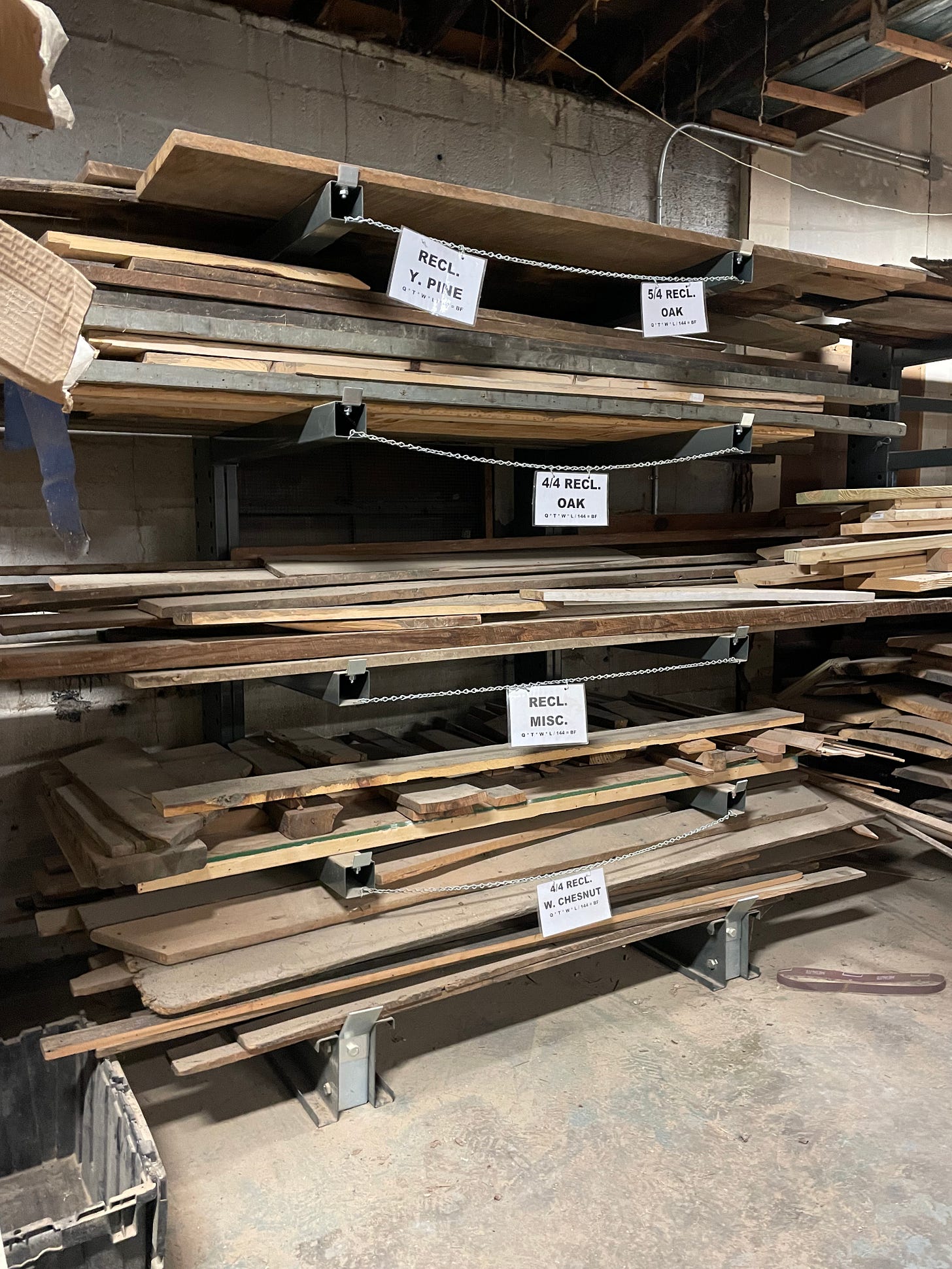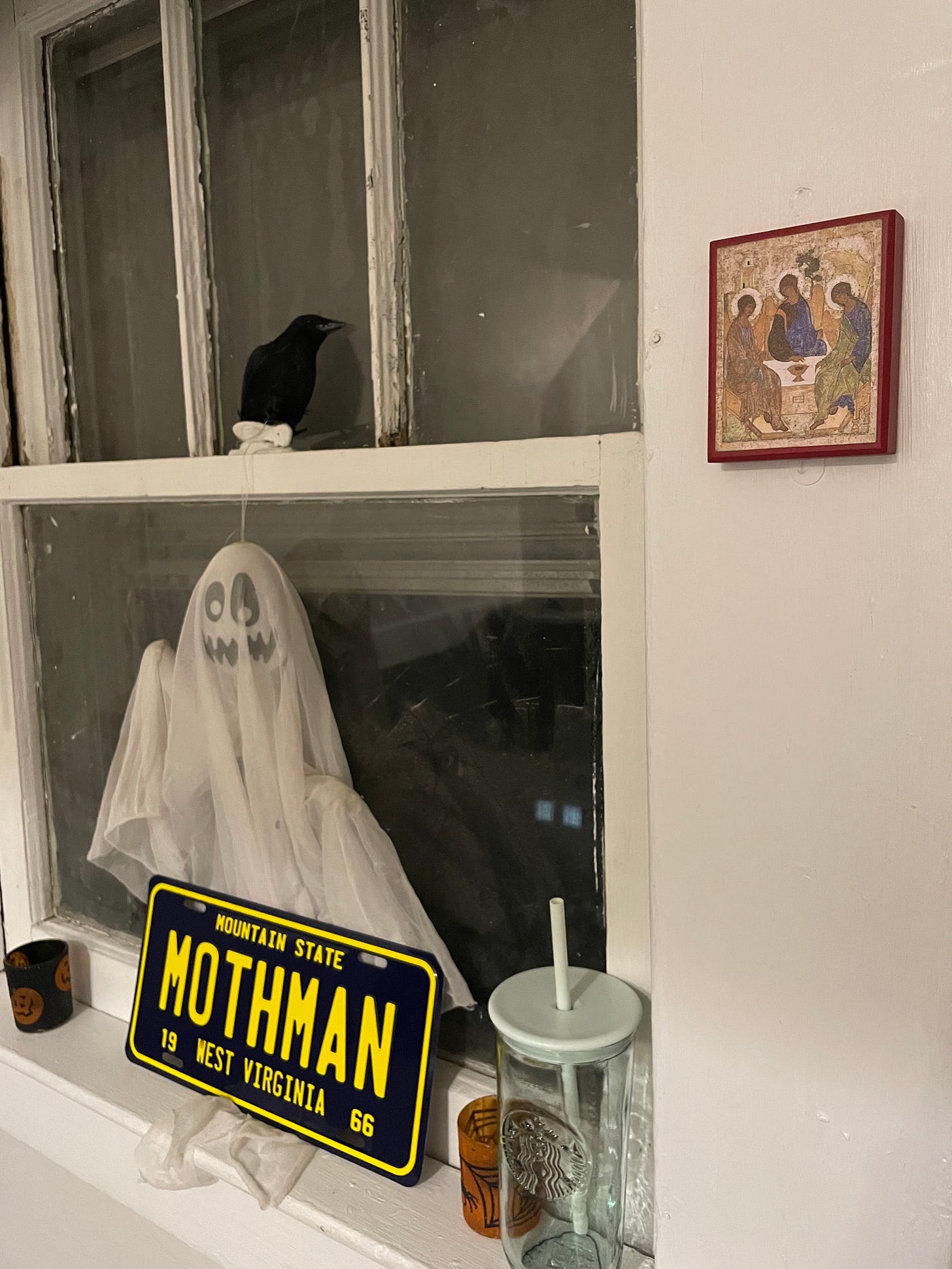This blog is about recycled plastic bricks. Or it’s about change, or the past, or disillusionment, or community. Or something. I write like I talk, which means, as you know if you’ve ever been on the phone with me for two hours, oratory rambling. So this will be about all of it.
The workforce development and environmental remediation nonprofit I work for has existed in the Huntington community for 10 years. But something that I sense we may be struggling with is why our name and work is not more visible or easily recognizable in the city. Though we have over 100 employees between Huntington and the state capital Charleston, you could probably go about your life here without knowing that we operate an arts venue on the west side of town, greenhouses, professional development programs, recycling drives, and are renovating an old factory so it can become a space for craftspeople and makers. To people at regional nonprofit conferences, we’re rockstars who are the talk of the town because we just got an influx of grant money, but the guy who installed my wi-fi router had never heard of us.

And actually, the guy who installed my wifi router did not seem enthused or convinced by the organization as I described it to him (he asked if I was a college student so I had to explain that I have a big boy job despite the fact that I look 17). I told him the nonprofit is trying to build workforce opportunities in the state in an attempt to replace what the retreat of the coal industry has destroyed in terms of wealth, reliable work, etc. I told him we partner with an org that trains people to install solar panels, that we also have carpenters, construction workers, growers, and t-shirt makers on our team. He said he didn’t understand how people could survive without the natural resource of coal, and the sheer size of the task of trying to get the state’s economy going again without extractive industry seemed to sound pretty insane to him. He asked if we were trying to close down the coalfields, to which I said that they seem to be closing down whether anyone likes it or not. I wasn’t going to argue “the facts” with him because a) the visuals were bad (me, who just moved here and did not understand what a “cable” was when he asked, seemingly trying to tell him “my plan” for his state) and b) I understood that this was not a conversation about economic data and job projections and workplace safety, it was about feelings and experience. It was about economic and identity trauma, about what happens (ask any Detroiter about this) when your hometown’s population shrinks by half over 70 years and those who remain have to go on disability and watch their neighbors’ homes fall apart.
The last Grand Optimistic Plans that were carried out in Huntington were probably carried out by the coal, petrochemical, railroad, and shipping barons who still run coal through town, albeit in much smaller quantities. I can’t lie to you, the sun coming off those little pieces of black rock as they scream across the rails in the bellies of railcars is not unbeautiful – I hear the whistle from my apartment and I see them on my way to church. But those industries, which built company housing, company stores, employed company preachers, and kept people trapped paying in company scrip (a form of “salary” that could only be redeemed at company stores), their grand plans and the things they engineered left people poor, sick, and theologically gaslit. There is not a surplus of Grand Plan energy left in this place – visions of the city as an educational haven with a new business school or a statewide hub for the arts or my organization’s hope to grow an economy that doesn’t extract no doubt look foolish, if not dangerous, to some folks. A friend of mine, a lifelong Huntingtonian, told me that a few years ago there were plans for a mall to be built downtown but the city council rejected it (and its tax benefits, jobs, etc.) because, as my friend described it, “It was too much. It was just too much change, too big, too fast.” Instead, the mall was built out in the county, in a wealthier neighboring town.
Whether the prevailing attitude here is a sort of wounded conservatism, I can’t quite say (I try to avoid generalizations for which there isn’t reliable data). But I think it’s saying something that as far as an organization that is doing what my particular nonprofit is doing at this scale (100+ employees), we are essentially the only game in town/in the state. And there finally seems to be interest from the government and from private foundations alike in terms of giving an operation like this money. In the back of all our minds is Gayle Manchin (Joe Manchin’s wife and head of the Appalachian Regional Commission), who is known for telling nonprofit leaders in WV to apply to grants at breakneck speed because, as she says (I picture her wagging a finger) “It won’t last forever.” Meaning, interest in repairing the damage done to this region (and helping people here psychologically process that damage) may be a passing fad, a curiosity in the region spurred by the “forgotten people of Trump Country” narrative. I wonder, is Joe Biden making a calculation that if he gives regional nonprofits money now, it might change attitudes about the Democratic party’s recent neglect of the region in voters’ eyes? To be honest I don’t think about it too hard – I’m just glad we have money for the plastic recycling machine for our factory project.
This brings me to the bricks! My boss is trying to buy a plastic “extruder” machine where we could pour shredded recycled plastic from plastic recycling drives into a melting chamber and get plastic goop out the other end to pour into molds. The possibilities for what we could make in these molds is fairly endless – plastic boards for a bench, plastic coasters to sell online, plastic bricks for a walkway in one of our produce gardens. Here’s an idea of the kind of stuff we’d like to create and either sell our use in other projects within the org:
https://preciousplastic.com
I want to think that maybe, in the possibly delusional near future I envision, the guy who drilled a hole in the side of my apartment to slide a wifi cable out of could rest his legs on a recycled plastic bench in a park in Huntington. And maybe he wouldn’t care that I did the research to find a metal mold to pour the plastic into to make the legs of that bench, and frankly I don’t (and certainly shouldn’t!!) need him to care. I would just want him to sit down on a bench that wasn’t there before, made by someone who works as he works, and think “something is a little different about this place.”
If you want me to explore particular topics in these blogs as always let me know either in the comments below or via email or text if you already have my contact info. I like when these posts become a conversation!
Also, if you haven’t already seen me plaster this on my social media, here’s the reflection I wrote for the Pulitzer reporting fellowship I did this summer, which had its final gathering/conference last weekend: https://pulitzercenter.org/stories/i-am-home-appalachia-environmentalists-defy-partisan-categories. The fact that it was a reflection for the Center meant that I got to be a little more introspective than journalism usually allows, so I hope you check it out!






